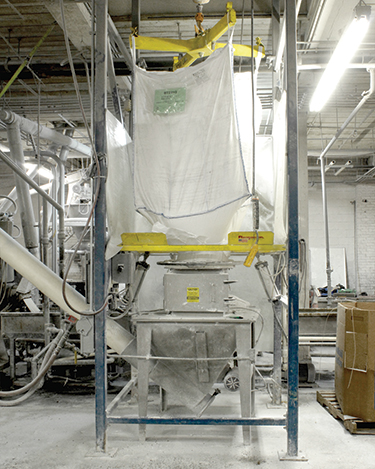 Click to enlarge
Click to enlargeThe Plastics Group installed its first bulk bag discharger and flexible screw conveyor to transport additives to a twin-screw extruder. The bag is positioned by a cantilevered I-beam and electric hoist and trolley. FLOW-FLEXER® agitation plates raise and lower the bottom sides of the bag for full discharge.
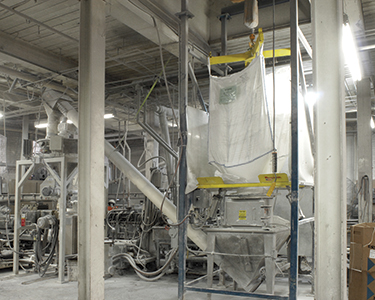 Click to enlarge
Click to enlargeThe first bulk bag discharger installed by The Plastics Group has a 6 in (150 mm) diameter flexible screw conveyor that transports material 17 ft (5.2 m) to a feeder hopper on a twin-screw extruder.
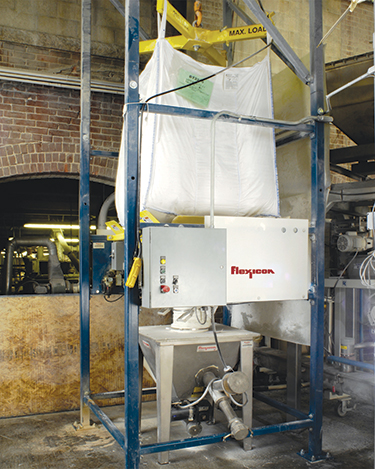 Click to enlarge
Click to enlargeFlexibility of conveyor line routing allowed The Plastics Group to position two Flexicon bulk bag dischargers in restricted spaces, eliminating the need for a costly network of pneumatic lines.
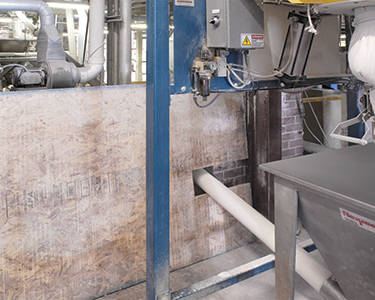 Click to enlarge
Click to enlargeThe 4.5 in (115 mm) diameter flexible screw conveyor from the second bulk bag discharger passes through a wall to reach the additive hopper on the extruder, overcoming space limitations.
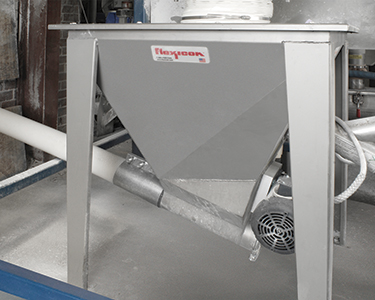 Click to enlarge
Click to enlargeEach bulk bag discharger empties additive into a hopper, which uses a pneumatic turbine vibrator and mechanical agitator to promote material flow into the flexible screw conveyor intake.
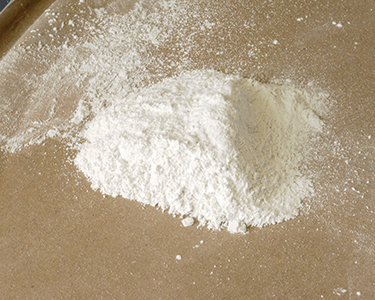 Click to enlarge
Click to enlargeMany of the additives handled are powders that would be difficult and costly to convey long distances through the plant.


 Click to enlarge
Click to enlarge Click to enlarge
Click to enlarge Click to enlarge
Click to enlarge Click to enlarge
Click to enlarge Click to enlarge
Click to enlarge Click to enlarge
Click to enlarge